Kalashnikov and 4 other not-famous men who created super-famous guns
The soldiers and tinkerers and industrialists on this list have all died, but the guns they developed keep blazing on
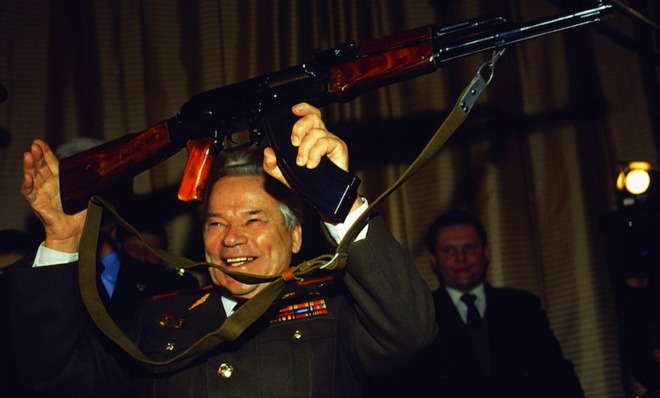

On Monday, Mikhail Kalashnikov died in the Russian republic of Udmurtia at age 94. Kalashnikov is certainly well known in Russia and among firearms enthusiasts, but his signature achievement, the Avtomat Kalashnikova, model year 1947, is famous worldwide. It's on the Mozambique flag. More than 100 million have been sold worldwide. Some Africans reportedly name their children Kalash in the gun's honor.
The AK-47 is one of the most consequential inventions of the innovation-rich 20th century. And like all things designed to kill people, it has a complicated legacy.
On the one hand, the AK-47 is still the weapon of choice of not just dozens of national armed forces but also despots, drug traffickers, modern-day pirates, terrorists, and mobsters worldwide. On the other hand, "if Colt designed a handgun which made all Americans equal, Kalashnikov invented a weapon which made it possible for many countries to fight for their independence and win it," editor and retired Russian Col. Igor Korotchenko tells the Los Angeles Times.
The Week
Escape your echo chamber. Get the facts behind the news, plus analysis from multiple perspectives.

Sign up for The Week's Free Newsletters
From our morning news briefing to a weekly Good News Newsletter, get the best of The Week delivered directly to your inbox.
From our morning news briefing to a weekly Good News Newsletter, get the best of The Week delivered directly to your inbox.
AK-47s — also known widely as simply Kalashnikovs — have probably killed more people than any other gun in history. By dying himself, Kalashnikov is now getting his due in front-page obituaries. But he's not the only relatively obscure person remembered primarily for the firearm he created. Here's a glimpse at the lives of Kalashnikov and four other members of the small group of men eclipsed by the guns they unleashed on the world.
1. Mikhail Kalashnikov
The gun: AK-47
Sturdy, weatherproof, and cheap to produce, the AK-47 is so easy to use a child can fire and clean it. And they do in some places in the world. C.J. Chivers, who dedicated a whole book to the AK-47, 2010's The Gun, writes that once an AK-47 found its way into a conflict, "the small-statured, the mechanically disinclined, the dimwitted and the untrained might be able to wield, with little difficulty or instruction, a lightweight automatic rifle that could push out blistering fire for the lengths of two or three football fields."
A free daily email with the biggest news stories of the day – and the best features from TheWeek.com
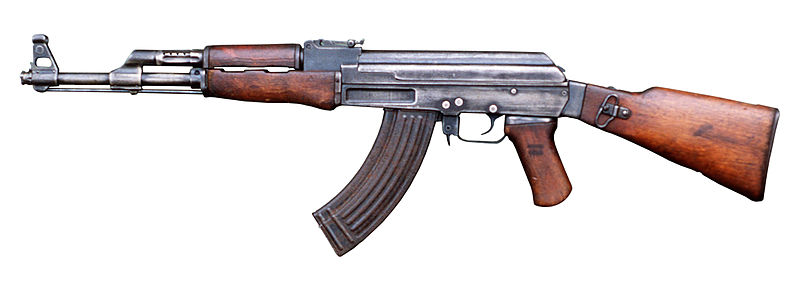
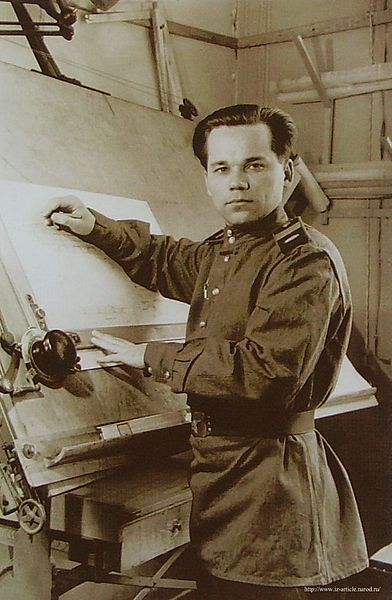
The man: Kalashnikov was born in November 1919, in the Siberian village of Kurya, near the border with Kazakhstan. He was the 17th of 18 children, 10 of whom died before adulthood. His father was labeled a "kulak" (wealthy peasant) by Soviet leader Josef Stalin, and his family deported to a labor camp. Kalashnikov's big moment started in 1941, when, as a lieutenant general in the Soviet army, his tank was hit by German mortars.
It was while recuperating from his injuries that Kalashnikov came up with the idea for an improved automatic rifle. He built his first prototype in 1942, and was assigned by impressed superiors to lead the design team for what became, in 1947, the first AK-47. It became the standard-issue Soviet army rifle in 1949, and its descendants are the standard rifle for today's Russian army. Because Soviet Russia didn't have a patent system and exported the AK-47's plans to allies, Kalashnikov never became wealthy from his invention — a fact he appeared proud of.
But Russia certainly celebrated Kalashnikov during his lifetime, awarding him legion honors including, in 2009, the country's highest order, the Hero of Russia. He said he never lost sleep over his role in creating the now-ubiquitous gun. "I created a weapon to defend the fatherland's borders," he said during the 2009 ceremony. "It's not my fault that it was sometimes used where it shouldn't have been. This is the fault of politicians."
2. Uziel Gal
The gun: Uzi
The Uzi is a compact submachine gun with the magazine inside the grip. It was "given its most iconic look in the hands of Tony Montana shooting up gangsters in pastel suits along the shores of Miami" in the 1983 Al Pacino film Scarface," says Rory Hynes at Listverse. It was developed for use by the Israel Defense Forces, where it was widely deployed in the 1950s and '60s, before being phased out in the 1980s. It is also, Hynes says, "one of Israel's most famous exports."
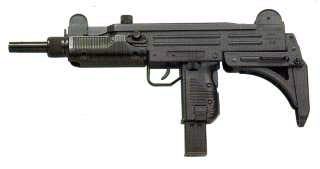
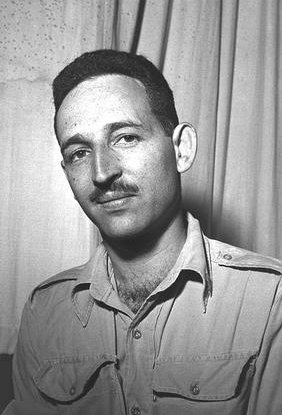
The man: Uziel Gal was born in Germany in 1923, fleeing the Nazis in the 1930s for Britain, then British-administered Palestine. He had the idea for his small automatic weapon after the 1948 Arab-Israeli War, when he was a captain in the IDF. His design beat out several competitors and Israel adopted and started testing the gun in 1951. In 1958, the Uzi's success prompted Israel to award Gal the first-ever Israel Security Award.
Gal retired from the IDF as a major in 1975, and then state-run arms manufacturer state-run Israeli Military Industries, and moved to Philadelphia, where, in the 1980s, he helped develop the Ruger MP9, an American version of the Uzi. He died in Philadelphia in 2002, at age 79.
3. Gaston Glock
The gun: Glock 17
The Glock 17 was Gaston Glock's first gun, but the 17th technical drawing. A gun-design novice but experienced curtain-rod manufacturer familiar with plastic polymers, Glock developed his Glock 17 in 1982. That same year he beat out several gunmakers to win an Austrian army contract. By the end of 1982, Austrian solider and police were being issued the new gun. The Glock was the first polymer-frame handgun to succeed commercially, and after it entered the U.S. market in 1988 it quickly became the pistol of choice for both cops and robbers.
"Police departments were amazed when they took their officers out to the range and found out not only could they learn to use the Glock pretty quickly, but the Glock also made them more accurate as marksmen," Paul Barrett, author of Glock: The Rise of America's Gun, told NPR in 2012. "Critics of the guns say the trigger pull is so light that it makes accidental discharges so likely. But the Glock always has had that dual nature to it — the advantages can be reframed as disadvantages."
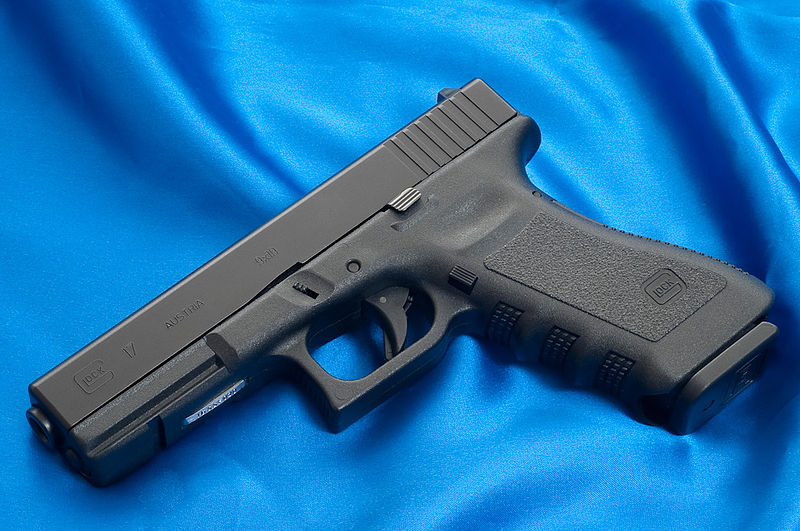

The man: Gaston Glock was born in 1929 in Austria. He founded his plastics company outside of Vienna in 1963, but it was his development of the cheap, dependable handgun that made him his fortune.
Glock is still alive, although he was attacked by a hitman in July 1999. Despite heavy loss of blood and several blows to the head, Glock fended off his attacker, a former French mercenary named Jacques Pêcheur; Glock's longtime right-hand man, Charles Ewert, was arrested for ordering the hit and embezzling millions of dollars from Glock's company.
The betrayal of Ewert exacerbated Glock's reclusion-prone tendencies. "Success hasn't made Glock, a highly secretive man, any more trusting of the people around him," says Dyan Machan at Forbes.
4. Richard Gatling
The gun: Gatling gun
The Gatling gun was one of the first machine guns, using a hopper on top to feed bullets into a hand-turned, cannon-size, six-barrel weapon. It was designed during the Civil War, but was used most extensively to help European colonial powers carve up Africa. After World War II, General Electric used the basic design to create the still-used M61 Vulcan rotary cannon.
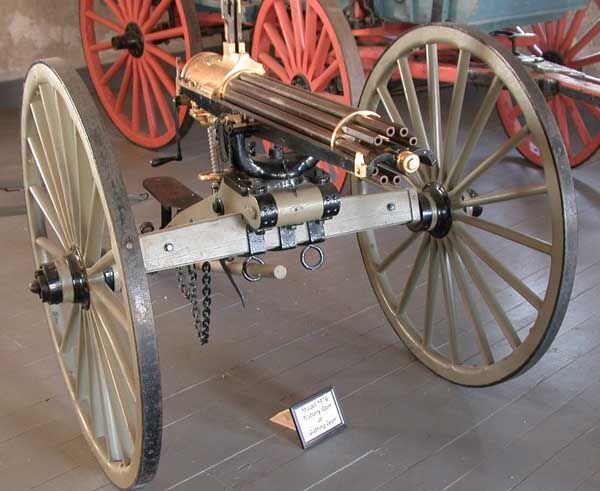
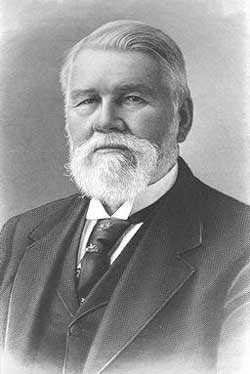
The man: Richard Gatling was born in September 1818 in North Carolina. At age 36, the budding inventor moved to St. Louis, where he developed machines to help plant rice and wheat, then got his medical degree. It was the toll of disease in the Civil War that prompted Galting to develop his namesake gun. If one gunnery officer could replace dozens of foot solders, he reasoned, fewer troops would contract disease. He founded the Gatling Gun Co. in Indianapolis in 1862.
Gatling died in 1903 in New York City, while visiting his daughter and his patent agent.
5. John T. Thompson
The gun: Thompson Submachine Gun, or Tommy Gun
During World War I, Gen. John Thompson recognized that the bolt-action rifles being used in the European theater's trench warfare were too slow to be effective. He developed a light, reliable automatic rifle for the war. "The only problem was that by the time the gun was ready, the war was over," says Nick Leghorn at The Truth About Guns.
So Thompson did what any self respecting capitalist would do: He threw a stock on it and sold it to the American public. This is where the Thompson SMG starts to influence history in more ways that one. Throughout the 1920s and the prohibition era, the Thompson was the weapon of choice for gangsters. The ease with which one could be concealed and the firepower it wielded was previously impossible to accomplish. [Truth About Guns]
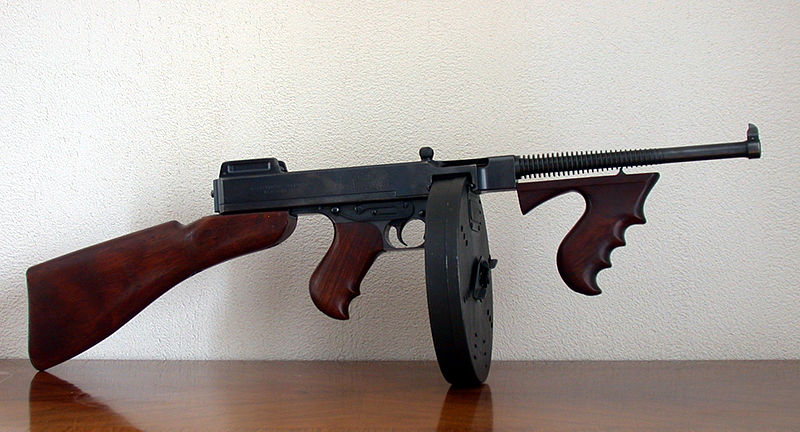
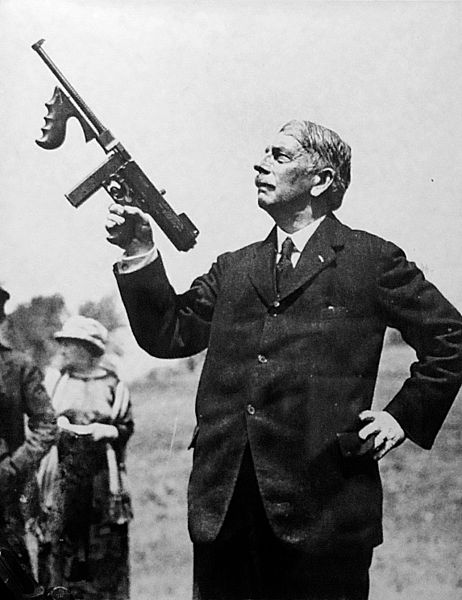
The man: John Thompson was born on New Year's Eve, 1860, in Kentucky. He joined the U.S. Army at an early age, getting training in engineering and artillery before being assigned to the Army's Ordnance Department in 1890. He led a Gatling gun regimen during the Spanish-American War in Cuba, then briefly left the army to work at Remington Arms Co. in 1914. He founded Auto-Ordnance Co. in 1916, then rejoined the armed forces when the U.S. joined World War I. He patented his Thompson Submachine Gun in 1920, but lost his company in 1928 amid low sales.
Thompson died in Great Neck, N.Y., at the age of 79 on June 21, 1940 — right on the eve of America's entry into World War II, where his Tommy Gun was used pretty extensively by U.S. soldiers.
Peter has worked as a news and culture writer and editor at The Week since the site's launch in 2008. He covers politics, world affairs, religion and cultural currents. His journalism career began as a copy editor at a financial newswire and has included editorial positions at The New York Times Magazine, Facts on File, and Oregon State University.
-
 Homes by renowned architects
Homes by renowned architectsFeature Featuring a Leonard Willeke Tudor Revival in Detroit and modern John Storyk design in Woodstock
-
 Looming drone ban has farmers and farm-state Republicans anxious
Looming drone ban has farmers and farm-state Republicans anxiousIN THE SPOTLIGHT As congressional China-hawks work to limit commercial drone sales from Beijing, a growing number of conservative lawmakers are sounding an agricultural alarm
-
 Mind-expanding podcasts you may have missed this fall
Mind-expanding podcasts you may have missed this fallThe Week Recommends True crime, a book club and a therapeutic outlet led this season’s best podcasts
